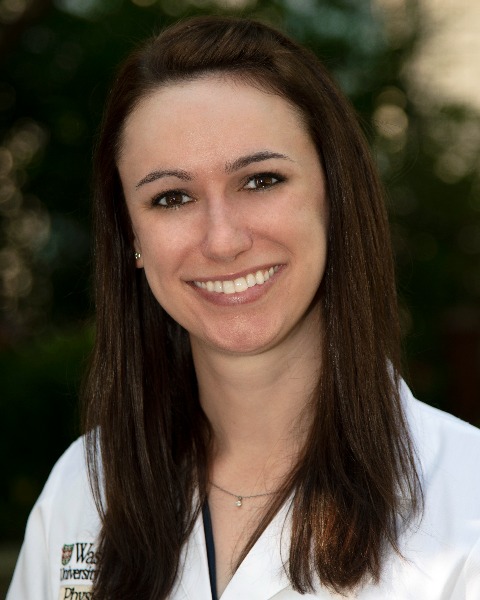Neonatal General
Neonatal General 8: NICU Practices 2
191 - Improving Communication about Tracheostomy Placement in the Neonatal Intensive Care Unit (NICU): A Qualitative Inquiry
Sunday, April 30, 2023
3:30 PM - 6:00 PM ET
Poster Number: 191
Publication Number: 191.332
Publication Number: 191.332
Kylie Bushroe, Washington University in St. Louis School of Medicine, St. Louis, MO, United States; Kelly Crisp, Northern Illinois University, St. Louis, MO, United States; Mary C. Politi, Washington University in St Louis, School of Medicine, St Louis, MO, United States; Steven K. Brennan, Washington University in St. Louis School of Medicine, St Louis, MO, United States; Ashley Housten, Washington University in St. Louis School of Medicine, St. Louis, MO, United States

Kylie Bushroe, MD (she/her/hers)
Clinical Fellow
Washington University in St. Louis School of Medicine
St. Louis, Missouri, United States
Presenting Author(s)
Background: Infants with severe bronchopulmonary dysplasia (BPD) or structural airway anomalies may require tracheostomies for NICU discharge. Despite efforts to prepare families, caregivers feel overwhelmed and unprepared. The “Child Tracheostomy: Decision Guide”, a communication tool created by the Winnipeg Regional Health Authority in 2007, facilitates conversation on tracheostomy placement for pediatric ICU patients.
Objective: To adapt the Winnipeg tool for the NICU by identifying caregivers’ and clinicians’ tracheostomy informational needs and preferences, exploring their interpretations of the tool, and clarifying their views on its use in NICU care.
Design/Methods: We recruited English-speaking caregivers and clinicians who participated in NICU tracheostomy discussions between 01/2017-12/2021. Semi-structured interviews via video calls focused on their tracheostomy decision-making experiences, communication preferences, and suggestions for tool improvement. Interviews were recorded, transcribed, and analyzed using iterative inductive/deductive coding to inform thematic analysis.
Results: We approached 24 caregivers and 10 consented to participate. Interviews occurred between 11/2021-10/2022. Eight caregivers identified as female; six were White, three Black, and one Asian. All pursued tracheostomies, and all infants are currently living. Eight infants underwent tracheostomy for BPD, 2 for airway anomalies. Infants were 5-245 days old at time of tracheostomy.
When tracheostomy was introduced, caregivers were surprised by the severity of their infants’ diagnoses and distressed by the intensive home care required. All recommended that tracheostomy be introduced early in the NICU course so information could be provided in phases. Caregivers proceeded with tracheostomies because they felt it was the only chance for survival. They reported that inadequate communication limited their understanding of post-surgical care and discharge requirements. They suggested adding pictures, videos, or stories of infants living at home with tracheostomies to aid understanding and facilitate conversation between caregivers and clinicians. They reported that infant development and comfort after tracheostomy far outweighed any fears. Nine clinicians have been interviewed and analysis is ongoing.
Conclusion(s): Caregivers seek detailed information regarding expectations after tracheostomy placement in the NICU and home. A communication tool could standardize discussion and facilitate steps to discharge. In the next phase, we will complete clinician interview analysis and use the results to adapt the tool and evaluate implementation.
